A sidewalk anti-parking bollard made of stainless steel for a house, for a summer house, for a garage cooperative, for the yard of a city apartment building can be easily and simply made independently. This does not require large expenses and special skills in using certain tools.
Such a bollard will not only eliminate the possibility of parking vehicles in undesirable places, but will also become a real decoration of the yard.
What do you need to make such a column yourself?
The main component of the post is a stainless steel pipe of a certain diameter and wall thickness. So, to make the post you will need:
- stainless steel pipe;
- internal stainless steel plug, driven in.
At an affordable price, in our online store Ukirs, you can buy a round stainless steel pipe for a post, a profile pipe and stainless steel plugs for a pipe. In addition, you still need to buy a sealant to seal the connection between the plug and the pipe to prevent moisture from getting into the middle of the pipe.
To make it from tools, you may need a grinder with a cutting wheel for stainless steel and a rubber hammer. Using the grinder, you can cut the pipe to the required length. Using a rubber hammer, hammer the plug into the pipe at its end.
When designing, calculate the length of the post based on the fact that the standard length of one stainless steel pipe is 6 (six) meters. Also pay attention to the fact that your post will conditionally consist of two parts: an above-ground visible front part and an underground invisible part. Therefore, when calculating the length of the post, do not forget to conditionally divide it into two parts. For example, you plan the above-ground part of each post to be 80 cm and bought 6 meters of pipe to make 5 posts - then cut the pipe into 5 equal parts of 1.2 m each: 80 cm above-ground part - 40 cm hidden underground part (or your own version).
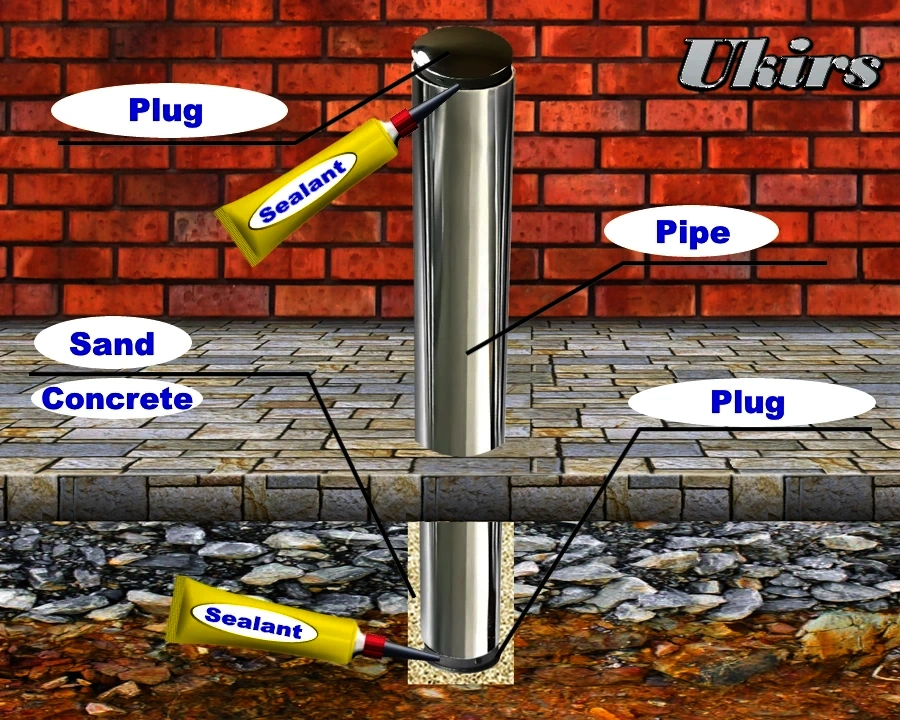
Installation
Its ease of installation allows you to insert the post anywhere: on the road surface, sidewalk, stone or concrete curb, lawn, playground, to limit, if possible, the space for parking.
Bollards along the roadway installed to make parking, getting in and out of a car more difficult must be installed at least 1.6 meters apart. This distance will not interfere with pedestrians, cyclists, or the passage of baby carriages.
You can limit the area not intended for parking by installing posts at a distance of one and a half meters from each other, that is, the width of a small car.
If you are fencing off a parking area with posts, the perimeter posts can be spaced 1.6 - 1.8 meters apart. Don't forget to leave a 3-meter wide passage between the posts.
You can protect against cars driving too close to display windows, the wall of a house, or the front door by placing parking posts at a distance of 1.6 - 2.0 meters from each other.
Evenly mark the distance between the points of installation of the posts on the site, sidewalk or where you plan to install such posts. Using a drill or other tool, drill / dig holes in the soil at the points that you have marked to the depth calculated for the conditional underground part of the post. The inserted posts are aligned to the same height, aligned vertically and filled with cement, concrete mortar or special glue or compacted with sand.
Advantages
This type of post is produced without welding, which is its significant advantage. Its advantages over a welded post of a similar type of construction also include:
- simplicity and speed of production;
- дешевизна;
- ease of installation;
- poles of different lengths can be made;
- beautiful aesthetic appearance.
- durability;
- practicality;
- safety;
- reliability;
- strength.
Parking bollards are an integral part of the modern landscape of city streets and courtyards of apartment buildings. A simple and reliable element of road equipment that performs the functions of pedestrian protection, preventing the ever-growing herds of cars from spreading uncontrollably along roads, sidewalks, playgrounds and lawns.
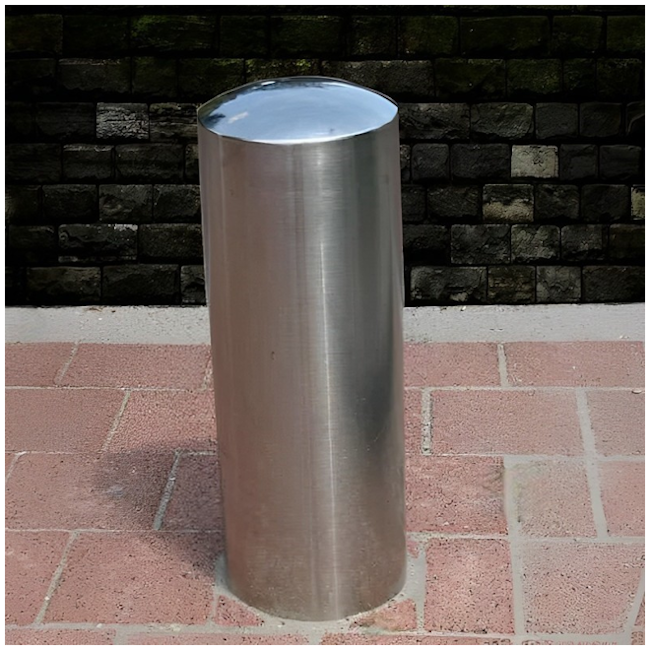
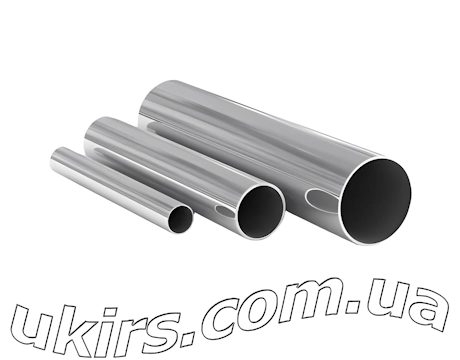 Stainless Steel Round Pipe
Stainless Steel Round Pipe 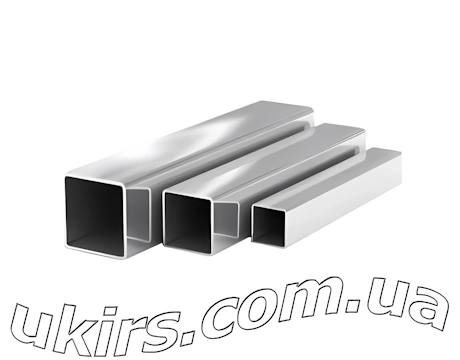 Stainless Steel Square Pipe
Stainless Steel Square Pipe 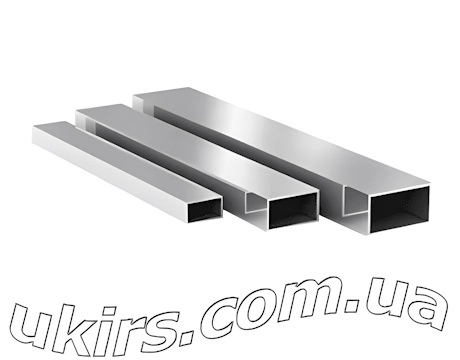 Stainless Steel Rectangular Pipe
Stainless Steel Rectangular Pipe 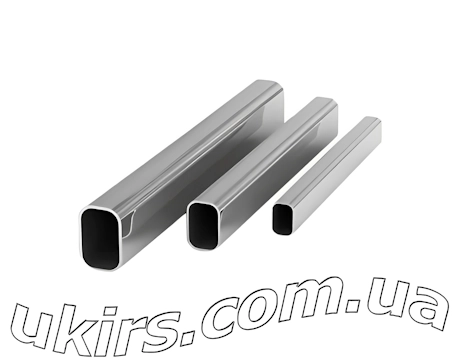 Stainless Steel Oval Pipe
Stainless Steel Oval Pipe 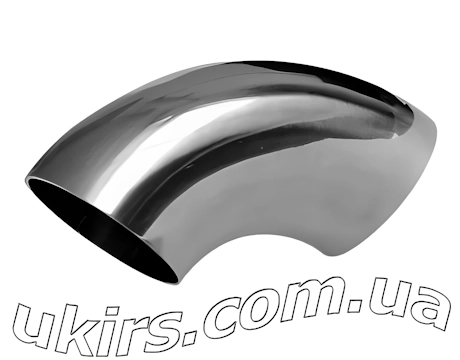 Stainless Steel Elbow
Stainless Steel Elbow 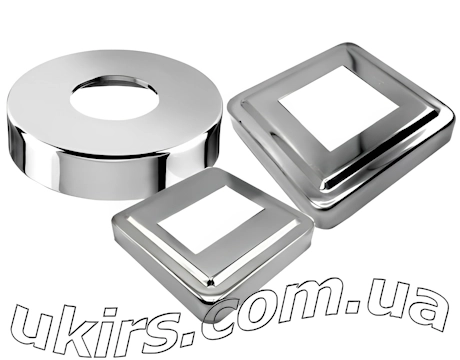 Stainless Steel Decorative Cover
Stainless Steel Decorative Cover 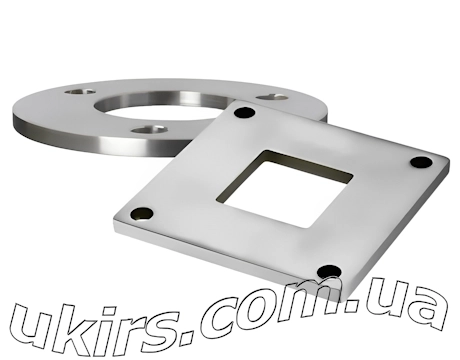 Stainless Steel Flange
Stainless Steel Flange 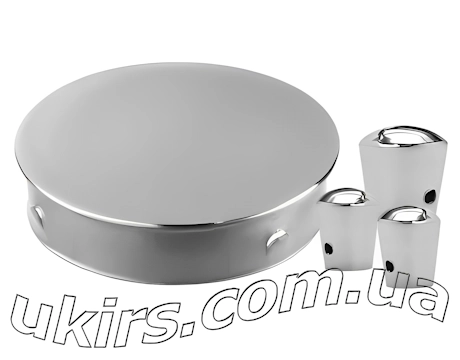 Stainless Steel Plug / Cap
Stainless Steel Plug / Cap 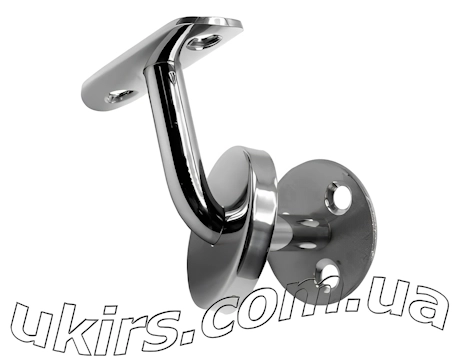 Stainless Steel Handrail Holder
Stainless Steel Handrail Holder